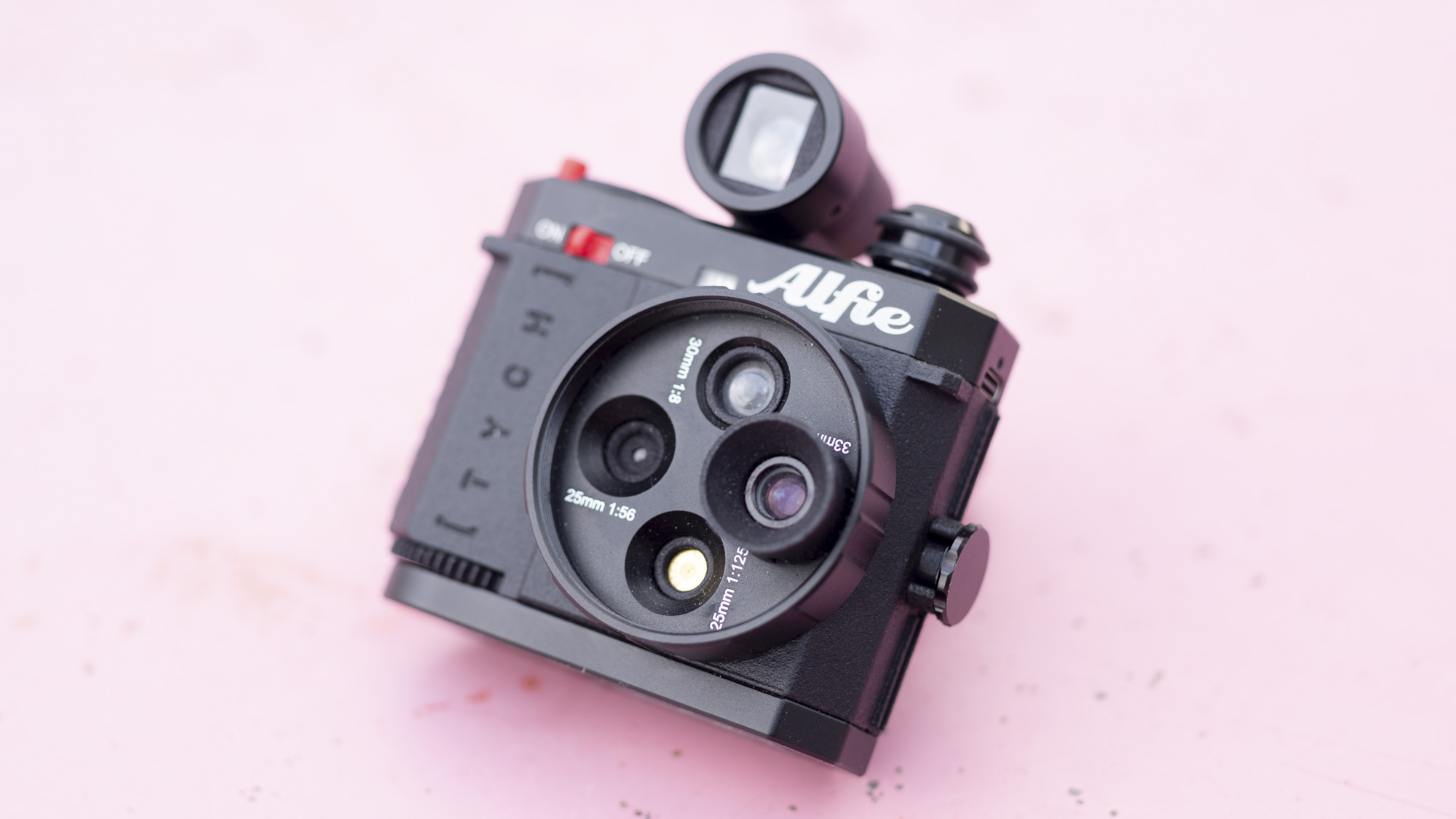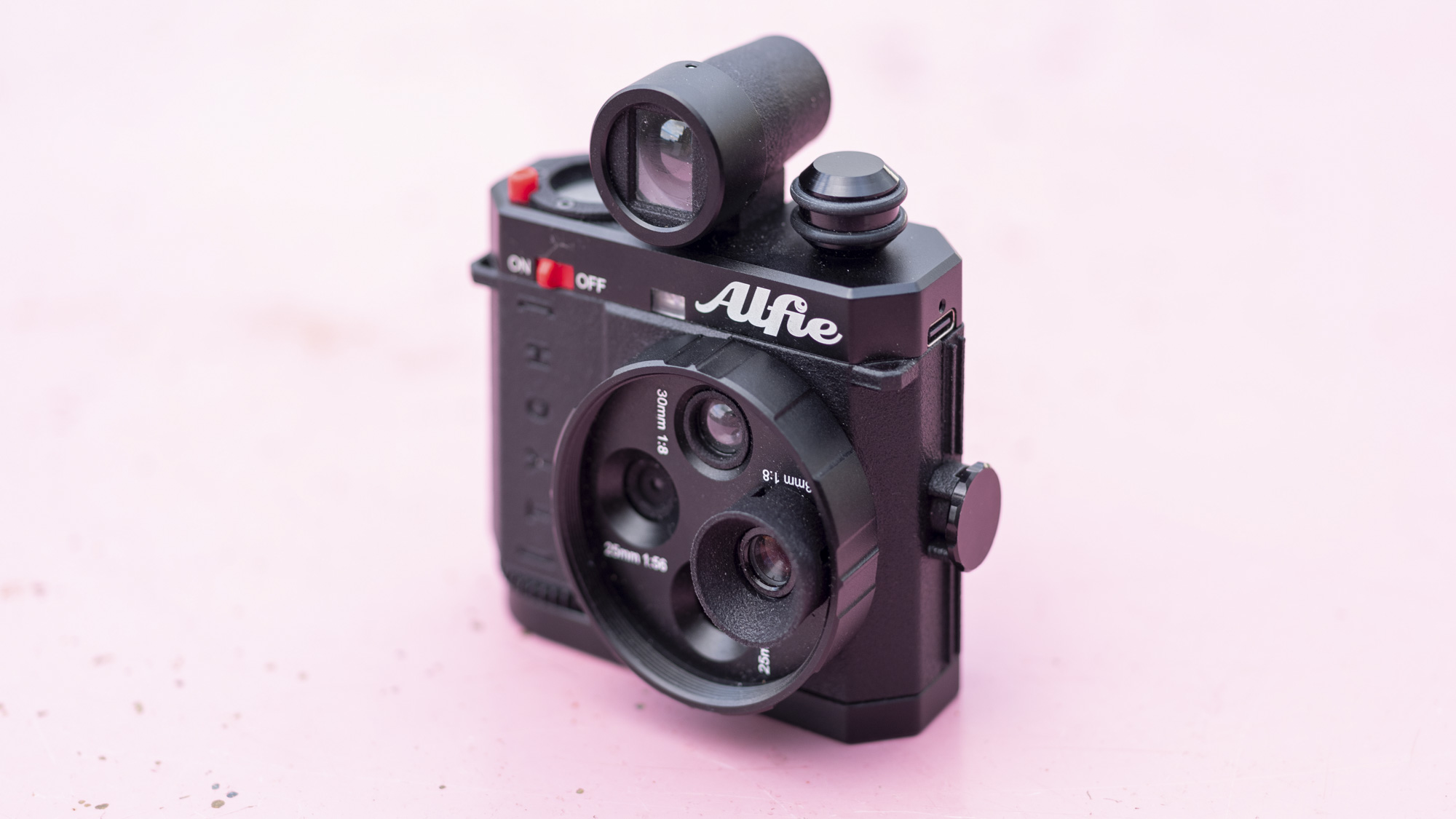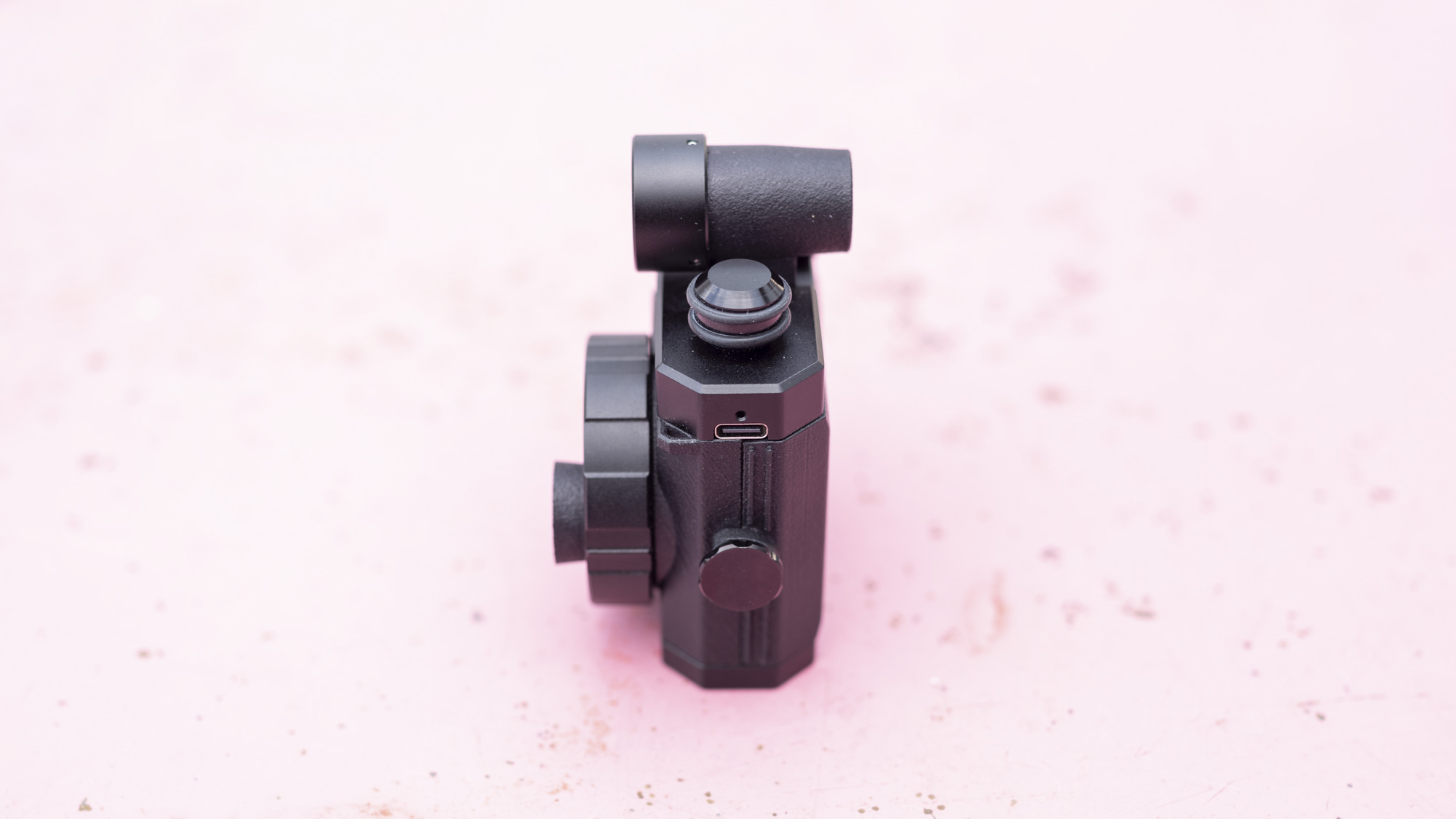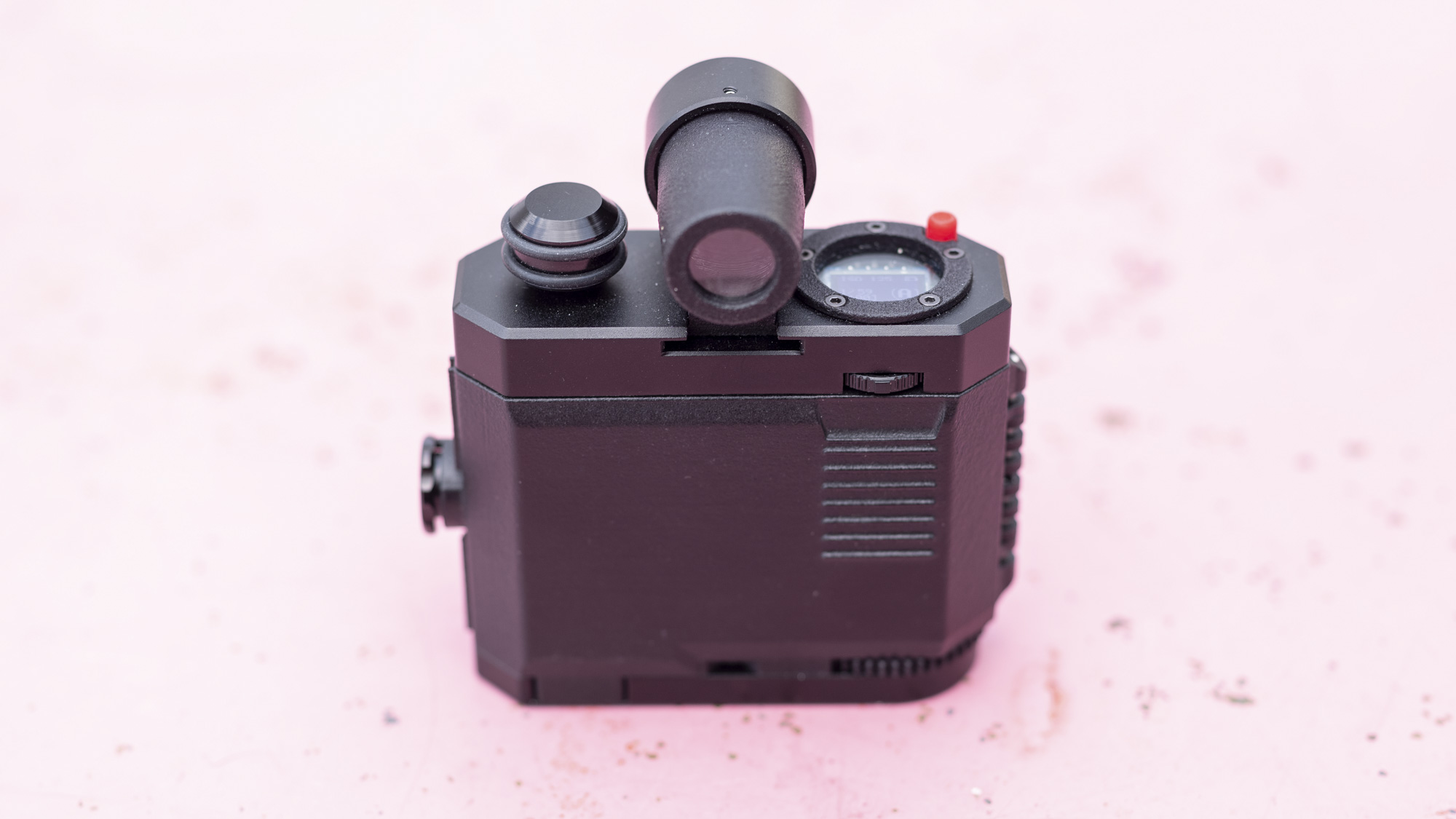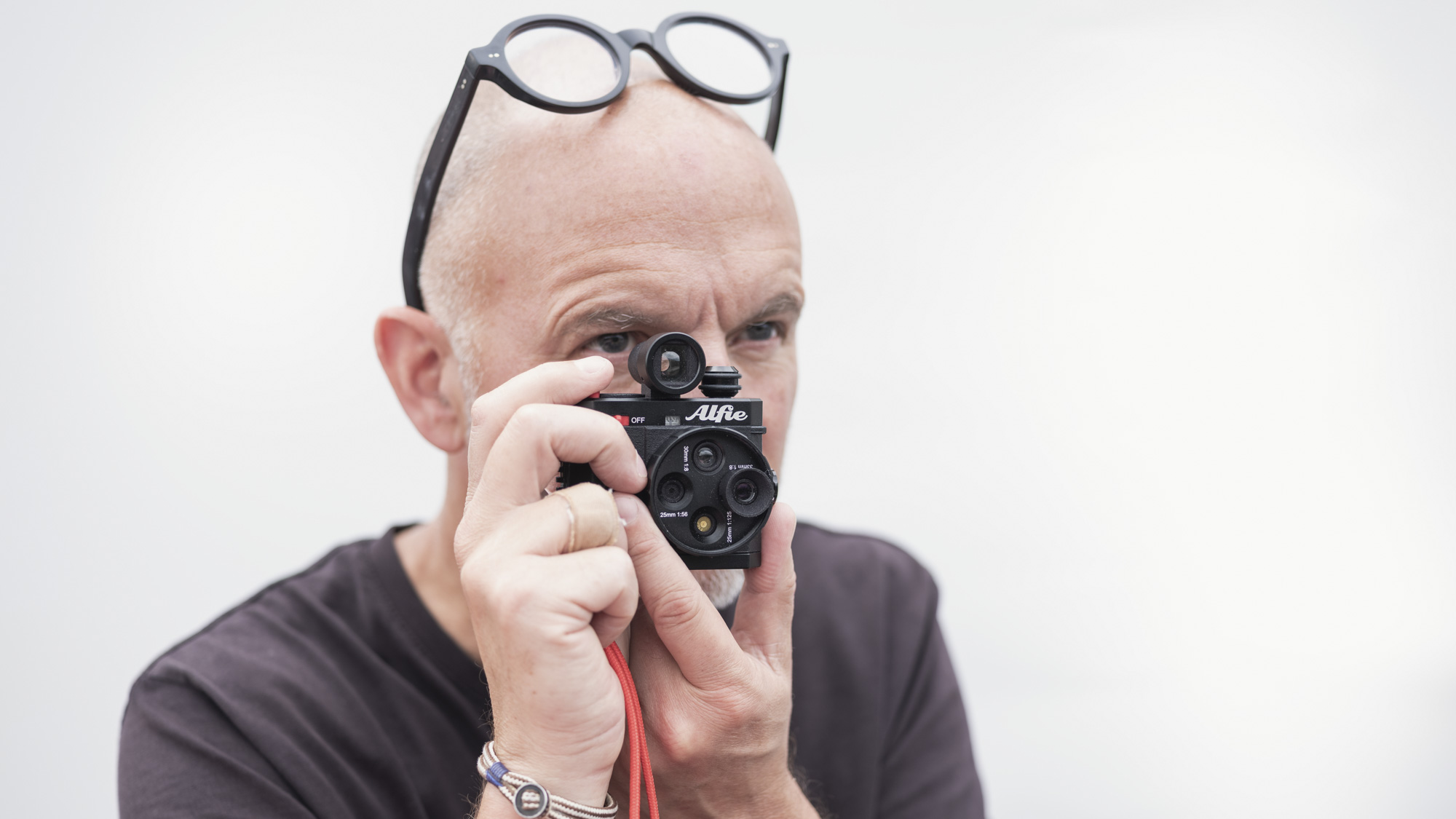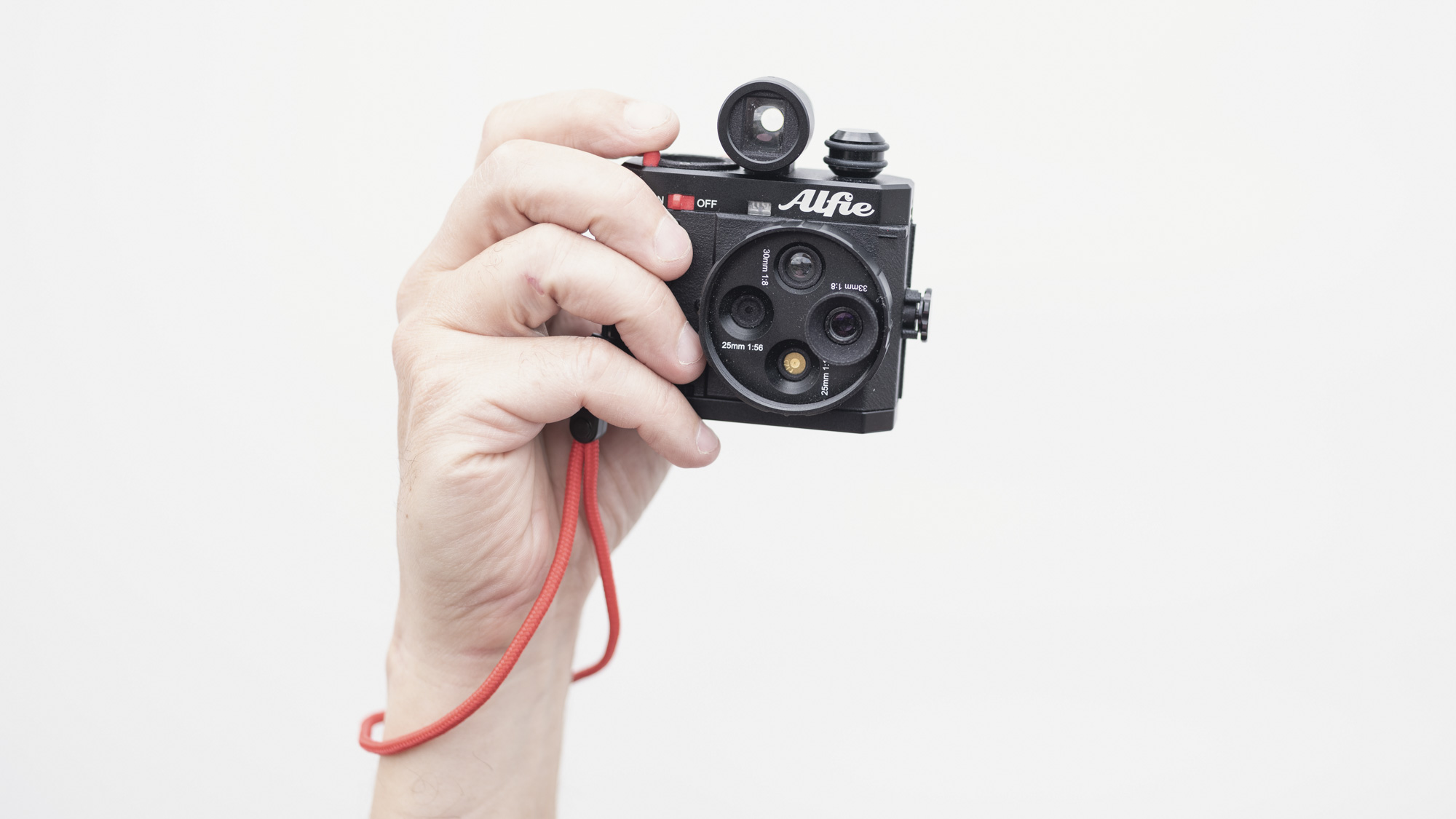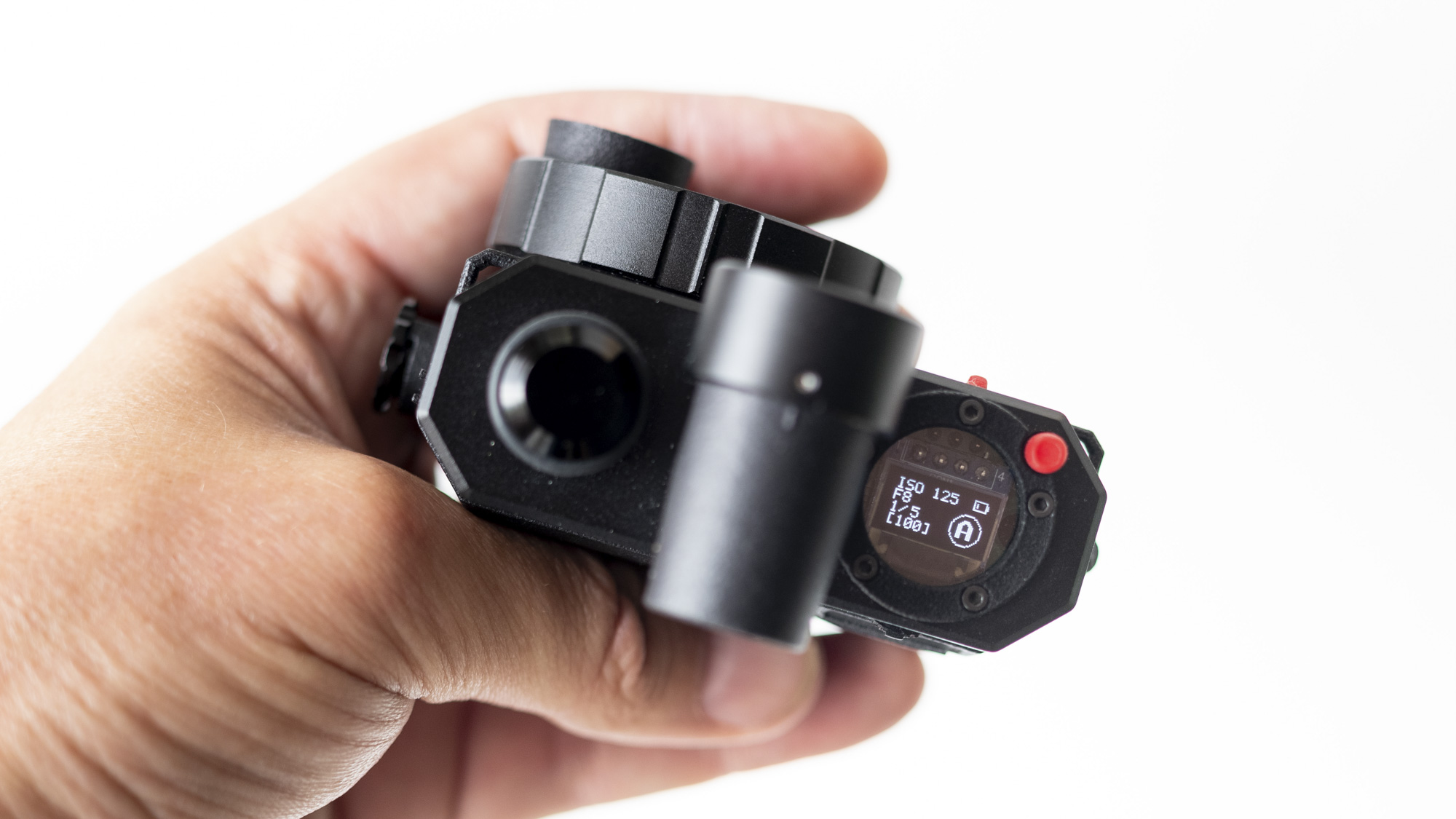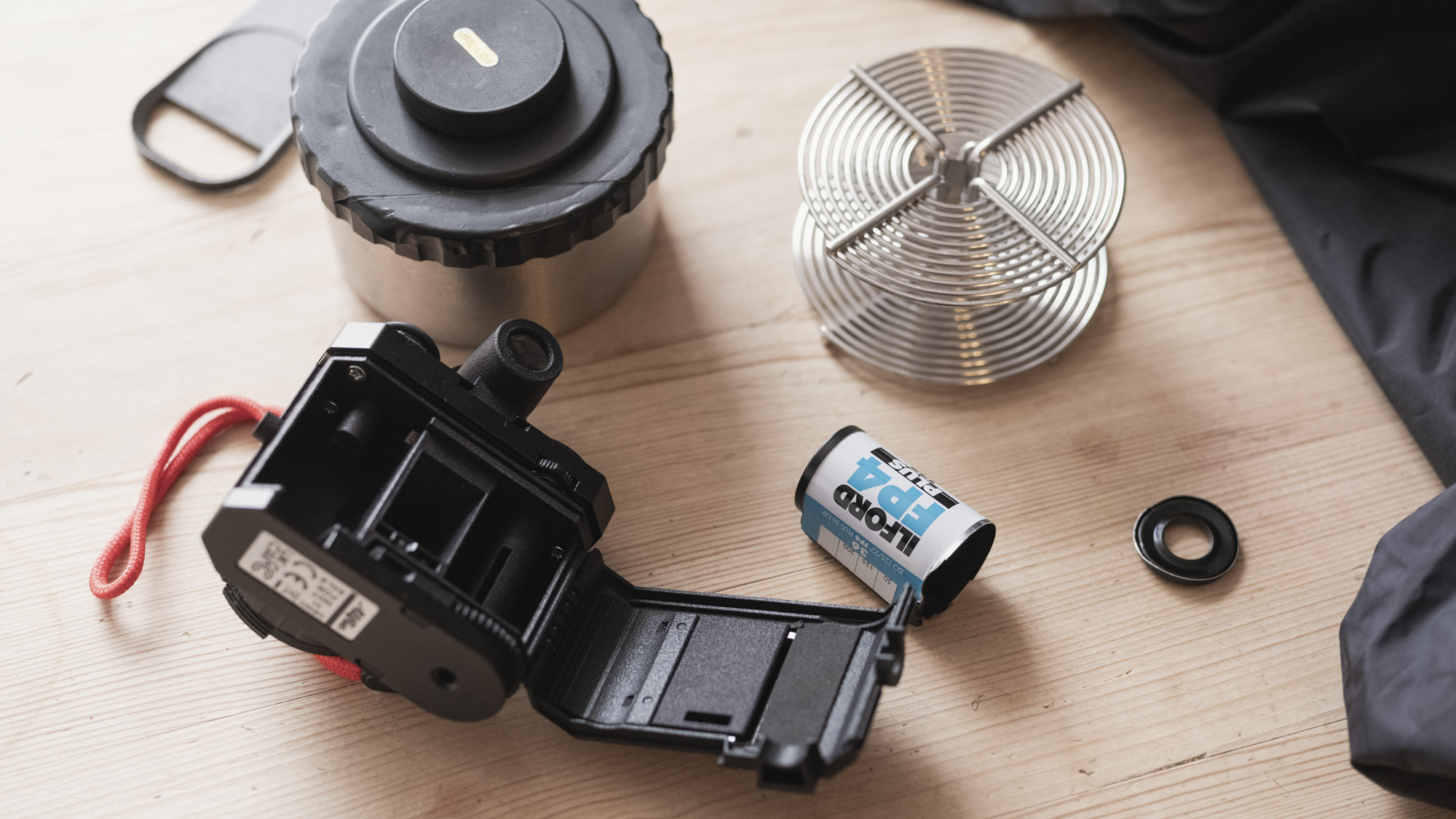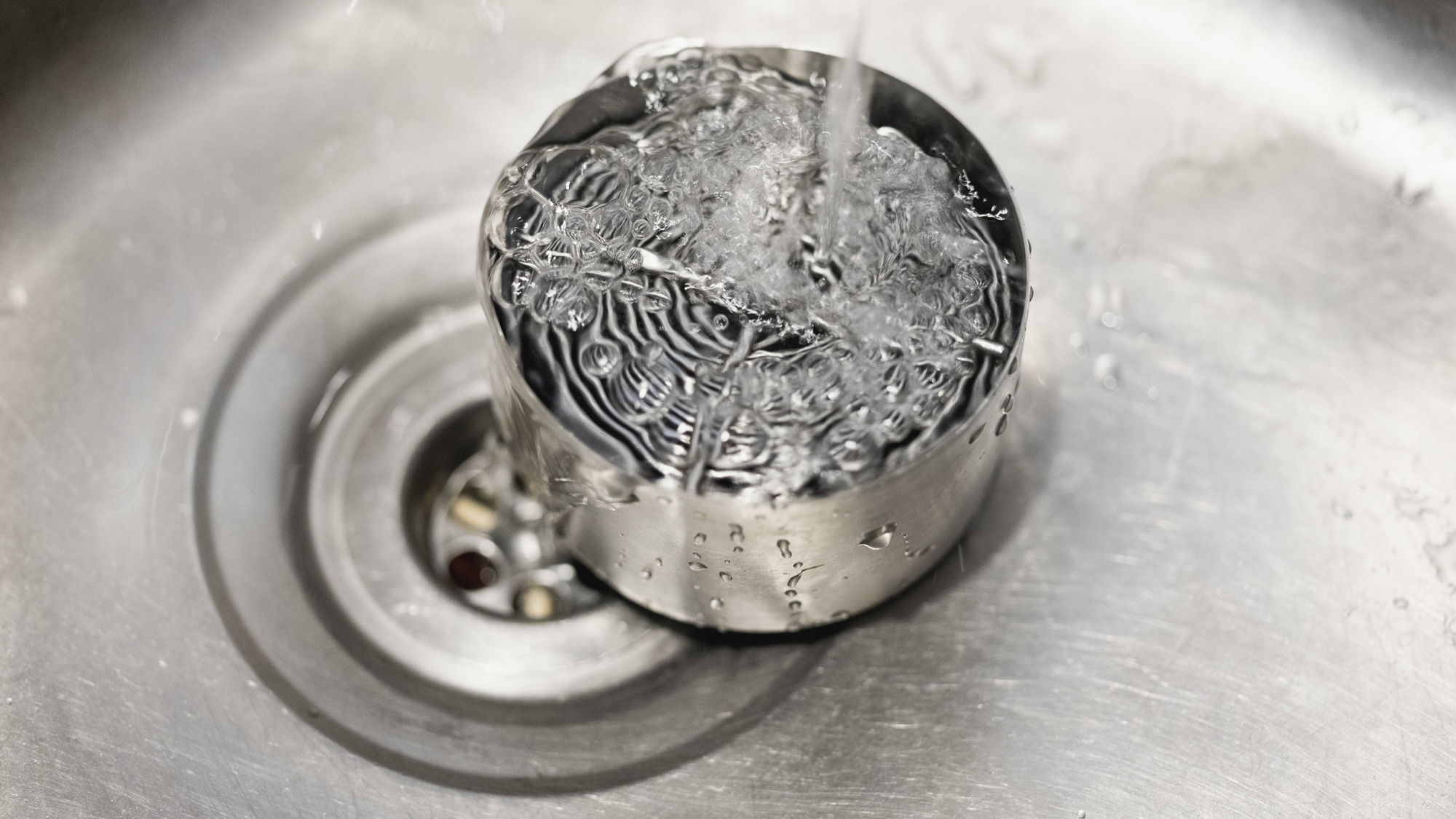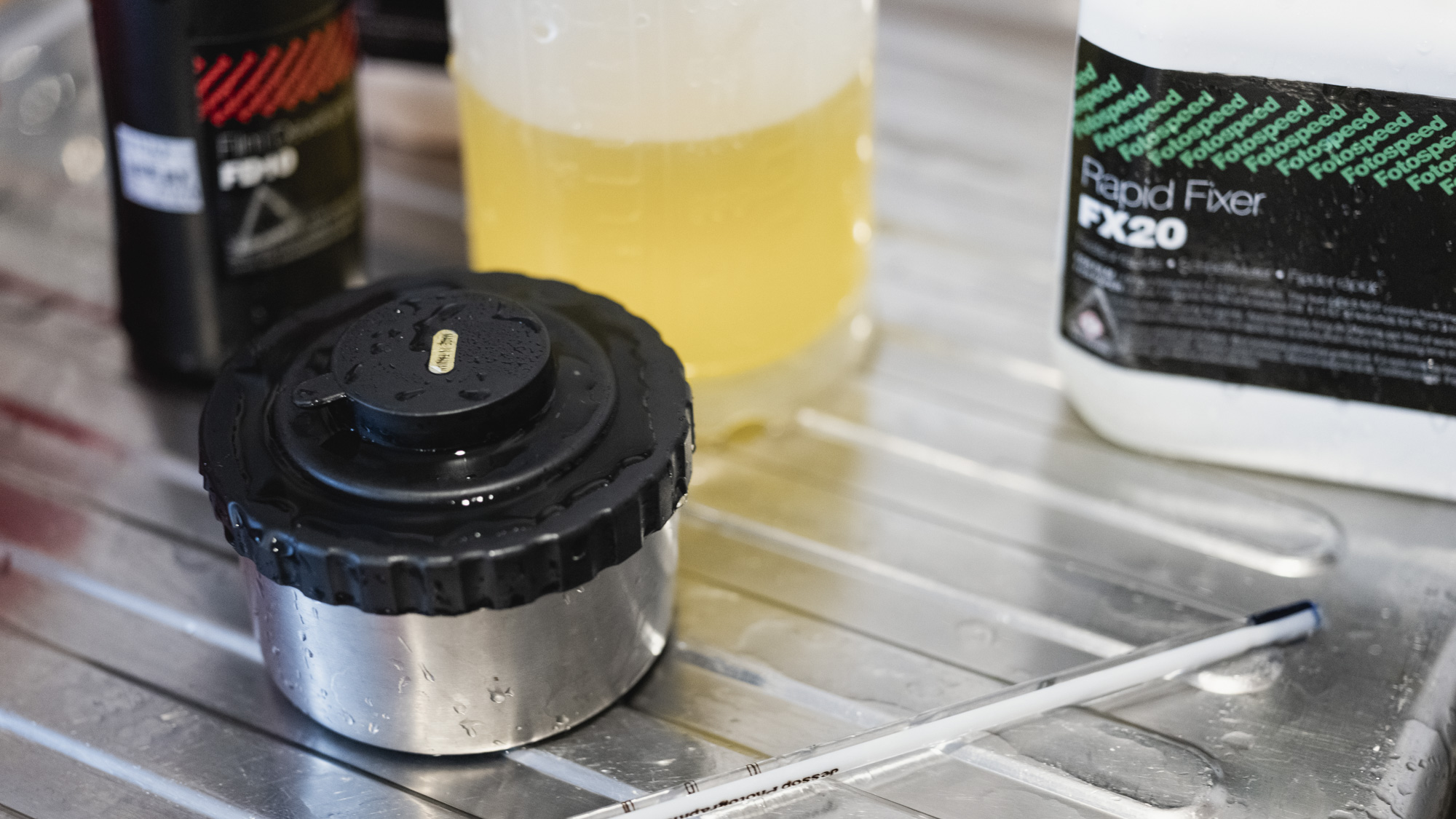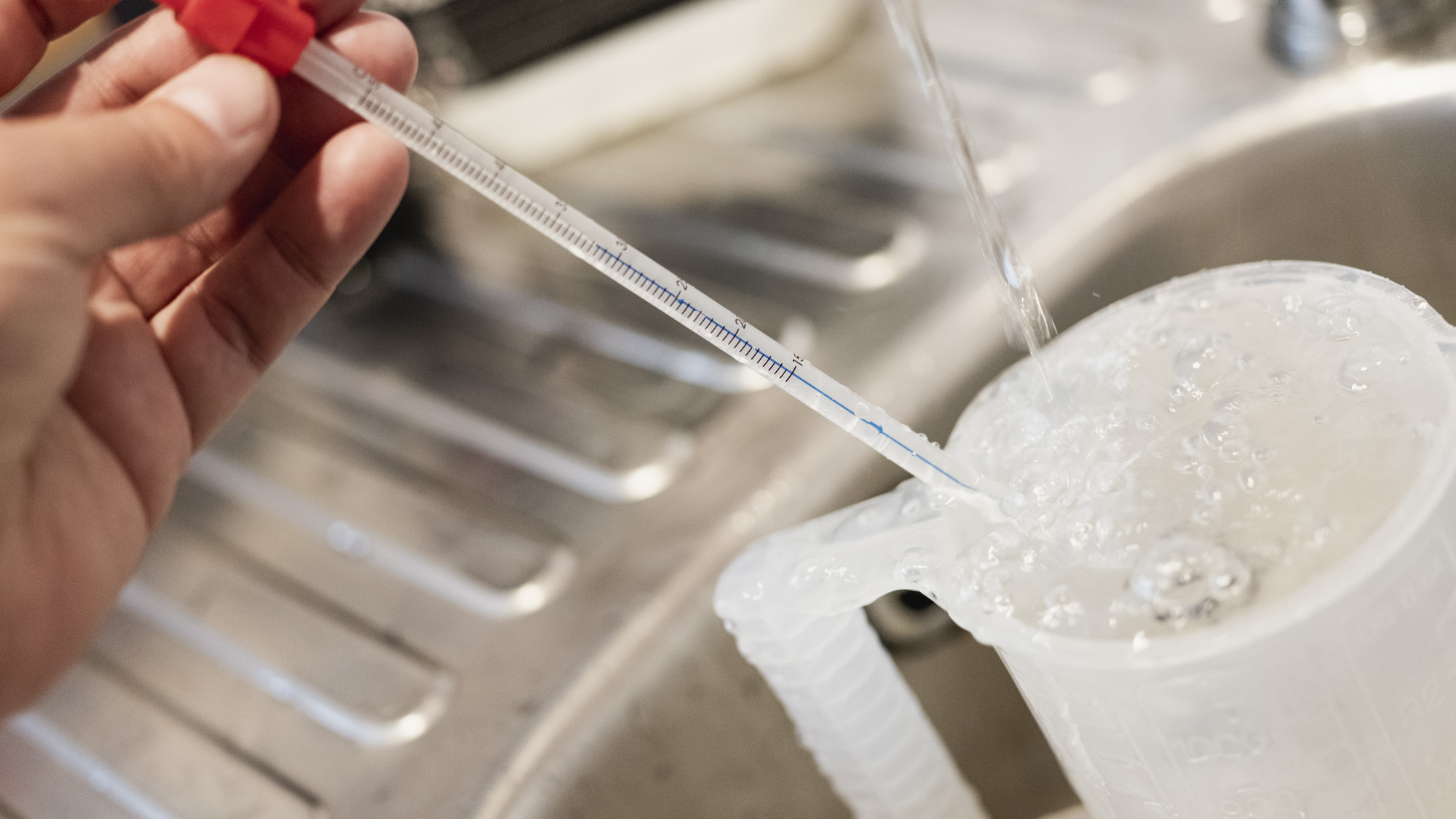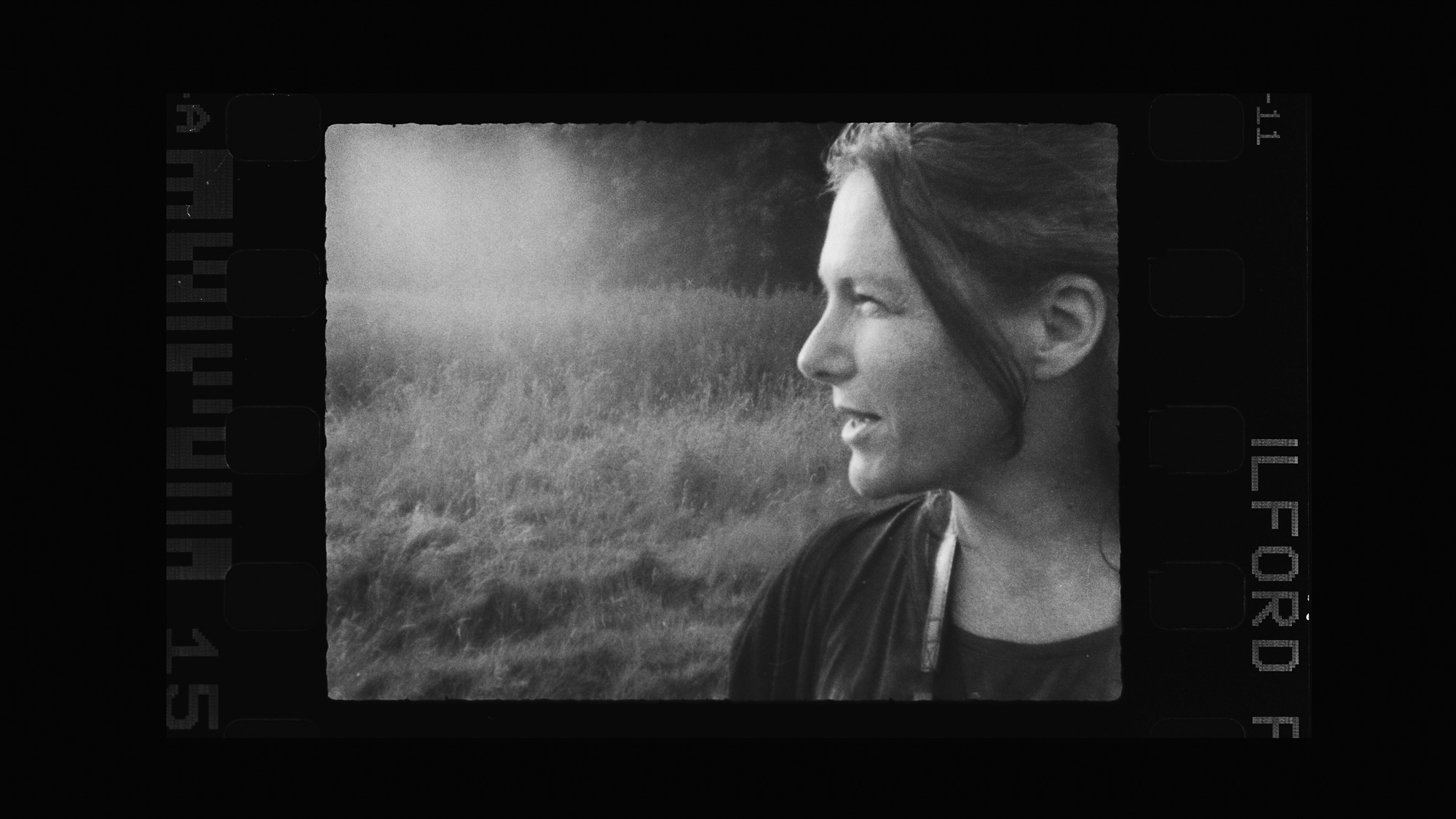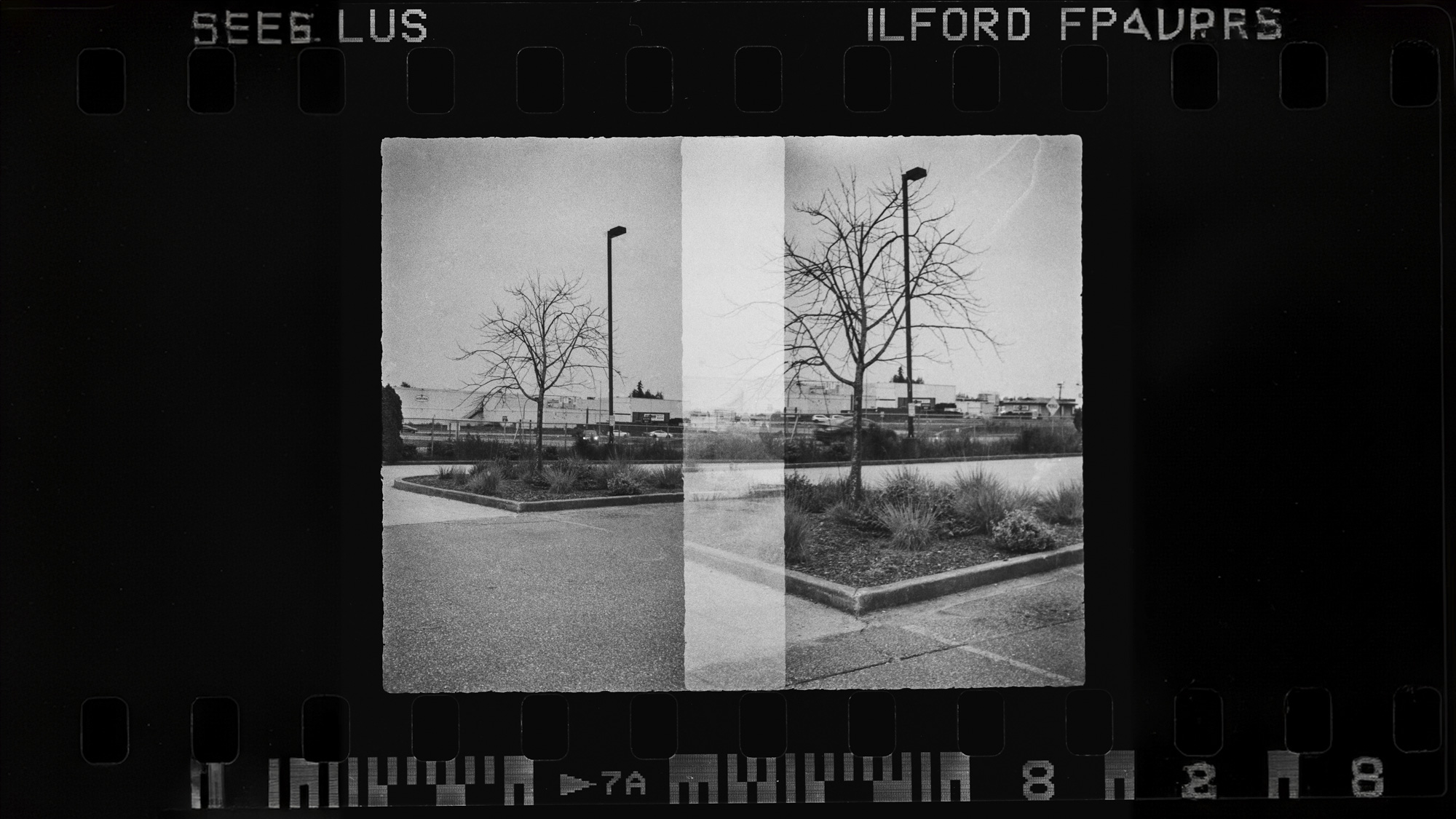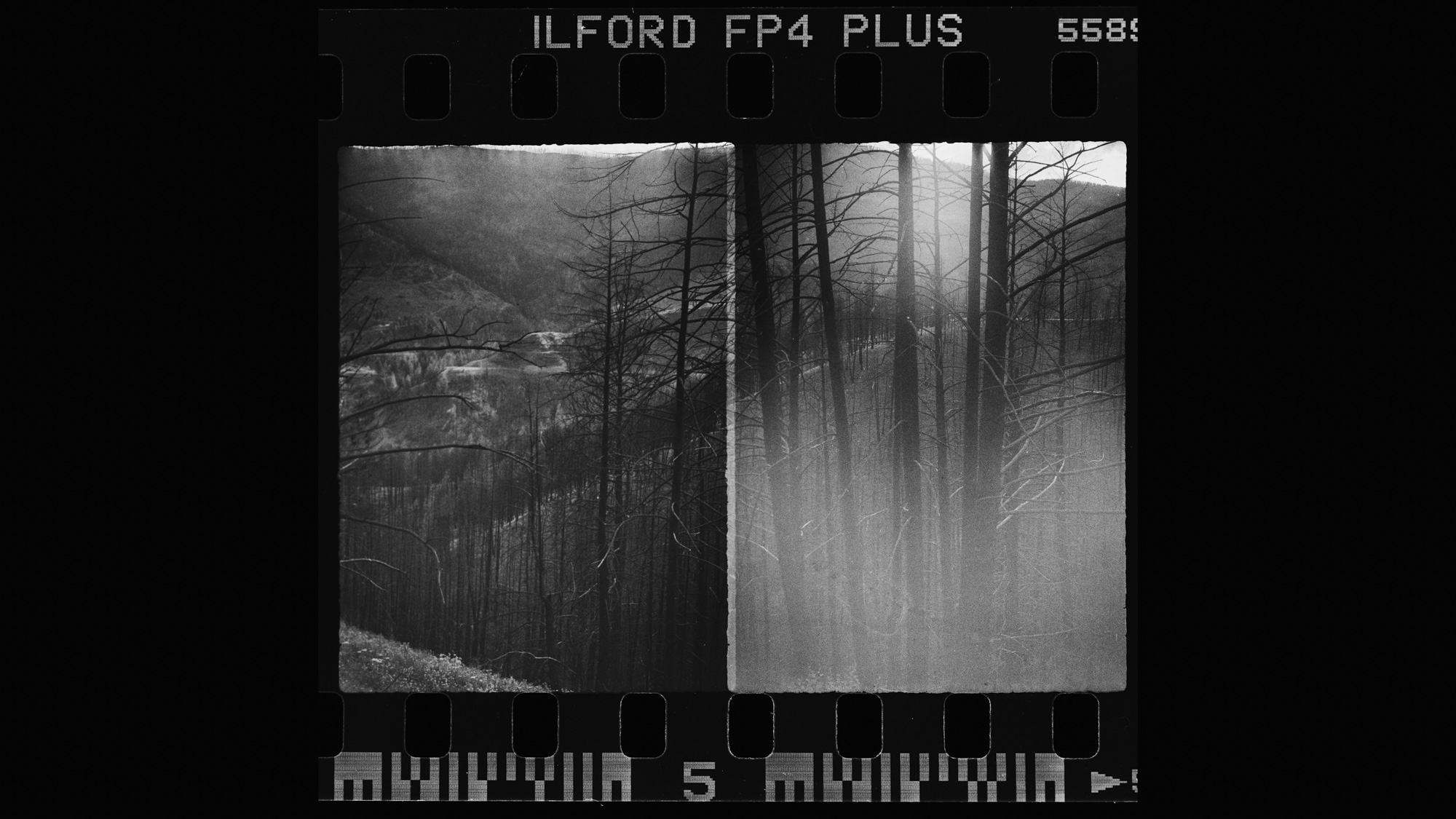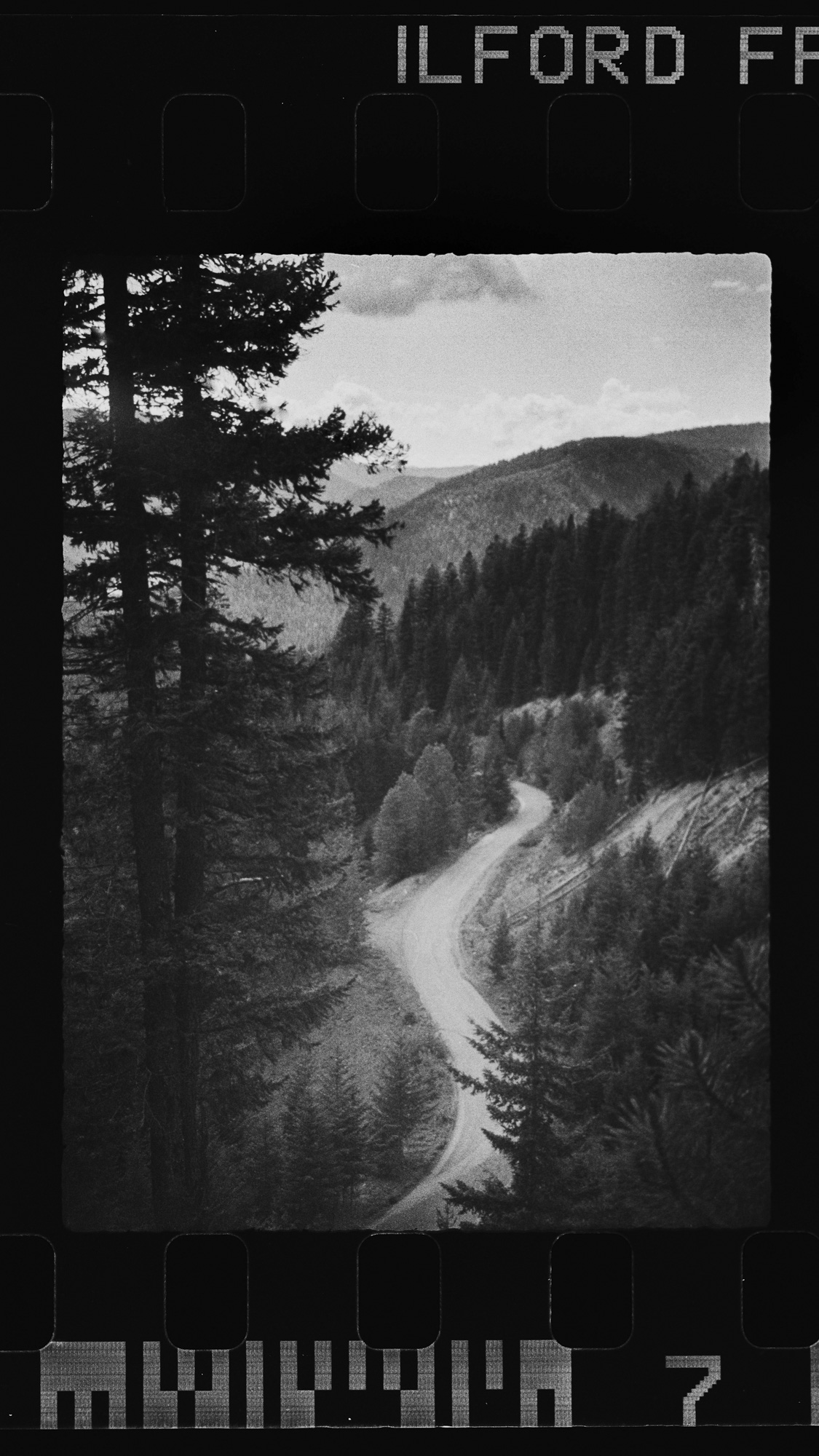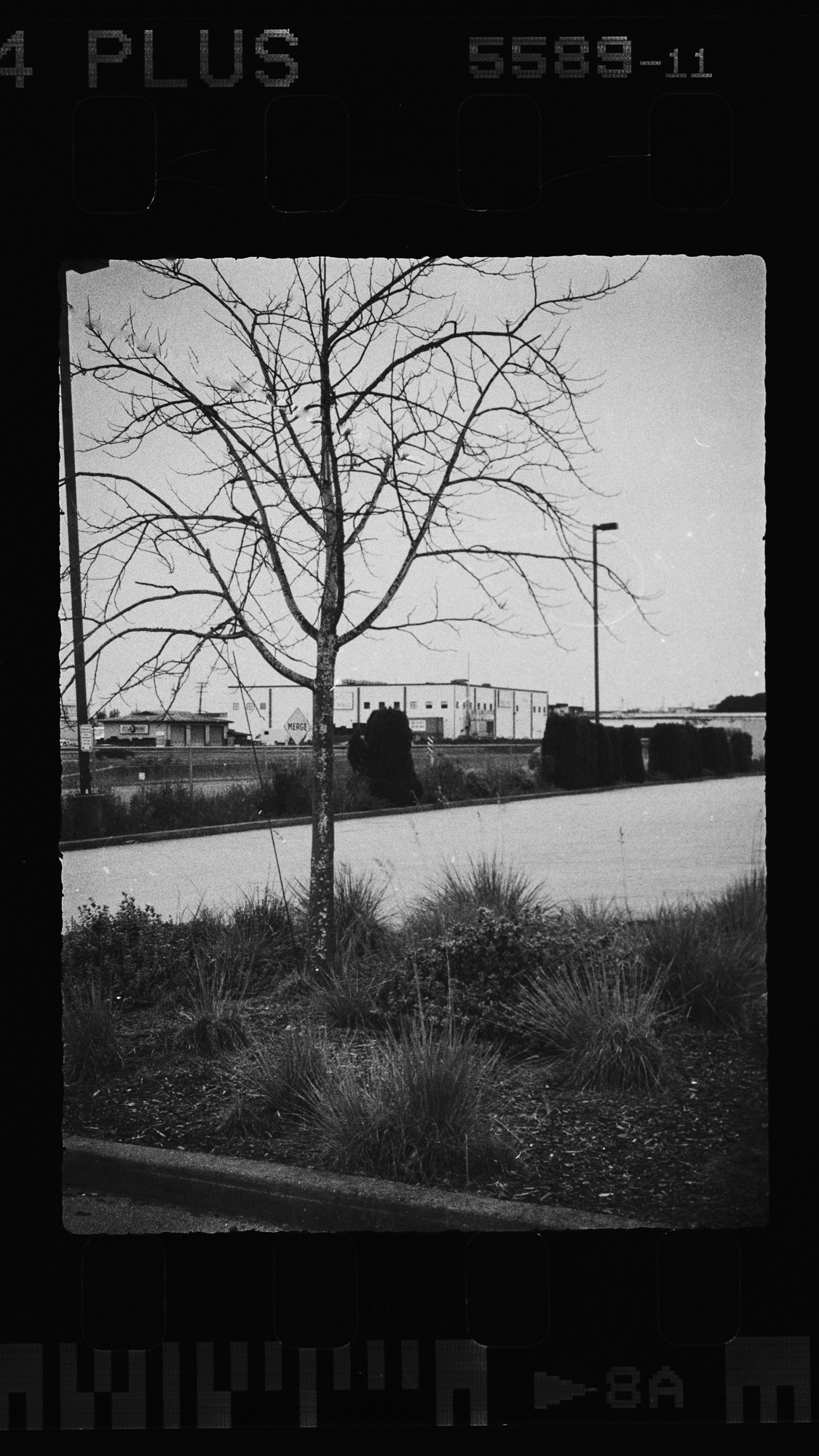Alfie Cameras Tych+: one-minute review
Table of Contents
The Aflie Cameras TYCH is a new and exciting half-frame analogue camera from Alfie Cameras. It’s amazingly compact, beautifully designed, and packs an incredible range of optics and creative options onto a rotating lens board, from an f/156 pinhole to a 33.3mm (50mm equivalent) f/8 rapid rectilinear lens. This presents many cool, creative options in a camera so cleverly conceived, designed, and engineered, that it’s small enough to more or less fit into a pocket.
Being “half-frame” means you’ll get twice as many shots of a roll of film: a 36-exposure 35mm film will effectively double the number of images you can take, giving you 70 plus shots. With the ever-increasing cost of film, this is an attractive consideration for anyone who wants to dip their toes into the analogue sea.
Like all things analogue, there are other factors to consider, too, and you’ll need to work a bit harder to see the results. In fact, you’ll have to develop the film or have a lab do it for you. Either way, this will add time; you won’t get the instant gratification of an LCD screen or even an instant print. However, that’s kind of the point – slowing down is one of the delights of analogue photography, and something Alfie Cameras intended to achieve. So kudos to the company for doing it so well.
Alfie Cameras Tych+: price and availability
There are two versions of Tych: the Tych+ ‘premium’ and the Tych. Our review is of the premium version which costs £499 (roughly $600 / AU$1,000) on the Alfie Cameras website, while the regular Tych costs £299 (around $390 / AU$590). At the time of writing, Alfie Cameras products, which are made in the UK, are only available in the UK but is ships globally, with a few exceptions.
Like all half-frame cameras, both of Alfie Cameras’ Tych cameras accept readily available 35mm film and you get twice the number of (half-size) photos per film roll compared to a 35mm film camera.
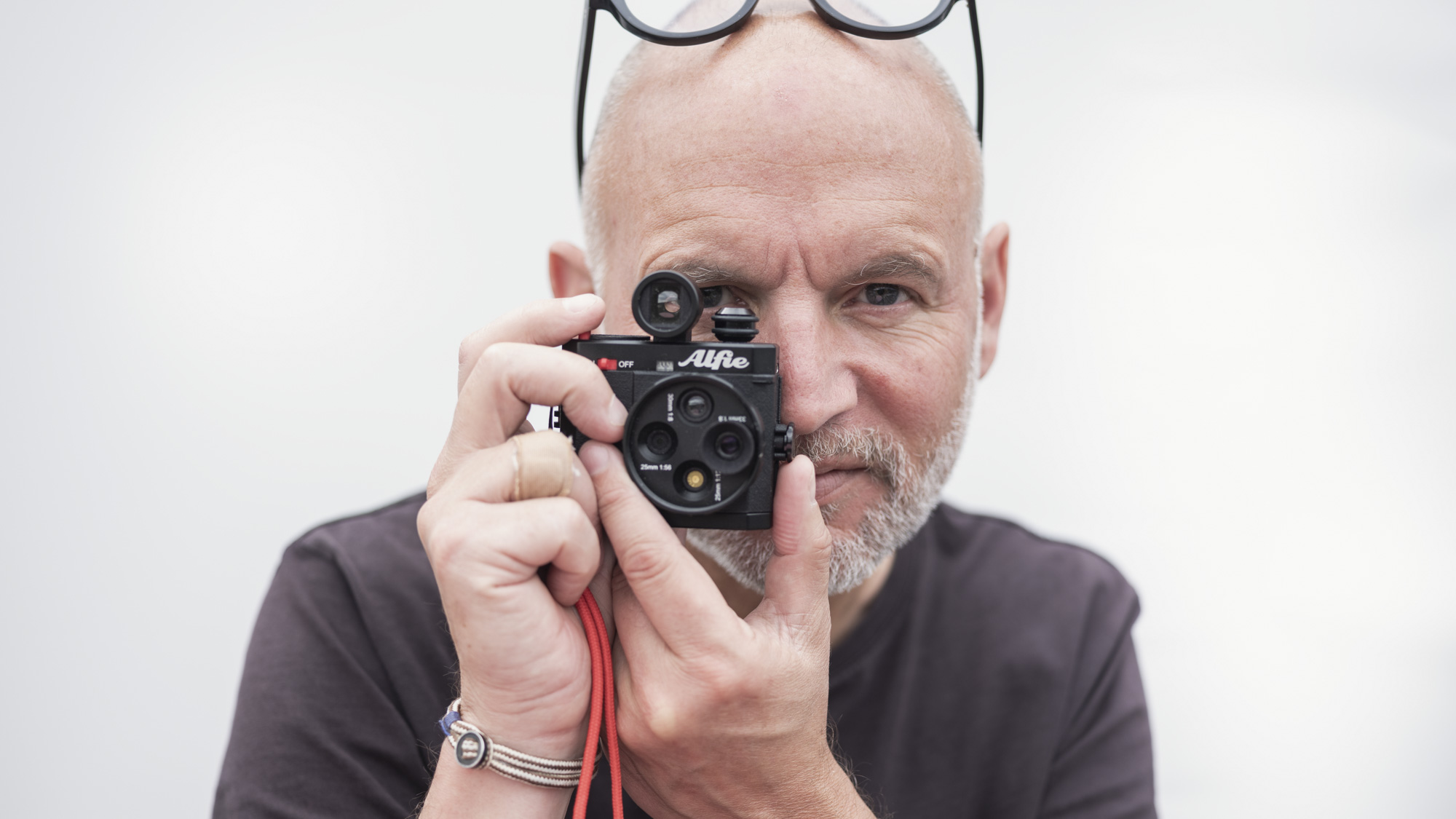
Alfie Cameras Tych+: design
- Unique and compact design
- Four lenses for four different looks
- Double the number of shots per film roll compared to 35mm cameras
Alfie Cameras has a mission to reinvent film photography for both old and new photographers. The Alfie TYCH does just that; its cool, contemporary design is unique, and its ultra-compact size is impressive. This camera will likely appeal to old-time film photographers wanting to reconnect with their analogue past; new photographs seduced by the magical allure of film photography; plus anyone seeking some creative reprieve from a digital overload of screens, screens, and more screens.
The Alfie TYCH is a half-frame film camera, designed to hold a roll of 35mm film. Most cameras that take 35mm film are full-frame, allowing you to take 36 photographs. Being half-frame means that, while half the size, the Alfie TYCH will allow you to shoot around twice as many pictures. Today, with the massively rising costs of film and processing, this is a major win for anyone wanting to dip their toes in analogue waters.
It isn’t just the Alfie TYCH’s half-frame design that makes it an attractive option; it also manages to pack in four lenses on a rotary lens board, comprising a 33.3mm (50mm equivalent) f/8 rapid rectilinear lens; a 30mm f/8 single-element meniscus lens; a 25mm f/56 zone plate; and a 25mm f/125 pinhole lens. These offer various focal lengths and, more crucially, four very different aesthetic vibes. All are fixed focus, with the pinhole and 25mm being from 0m to infinity, and the 33.3mm and 30mm from 2m to infinity and 1.5m to infinity, respectively, so not too much to consider with focusing.
Most surprising is that all of this is squeezed effortlessly into an ultra-compact, well-made camera body that weighs just 120g and is 90mm x 79mm x 45mm, in a unit that fits comfortably into a single hand.
Alfie Cameras Tych+: performance
- The correct mode for each lens is selected independently
- Reliable exposure metering
- Manual film wind
- 33.3mm f/8 lens performs best of the four lenses on offer
Loading a roll of 35mm film into the Alfie TYCH was easy; but if you haven’t done this before, you may want to watch a video; there are some useful videos available on the Alfie Camera YouTube channel.
Once loaded with film, it’s simply a case of turning the TYCH on, selecting the lens and taking a shot. Well, almost; each of the four lenses has its own pre-programmed auto (aperture priority) mode that uses information from the little light meter that sits above the lens board. You must select the right mode for the lens you’re using. This was a bit of a faff to begin; sometimes, getting the right mode, setting the ISO and so on felt a little glitchy. Forgetting to change the mode after rotating to another lens option cost me a few duff exposures, too, but I soon got into the swing of it.
The little meter above the lens reads the light and kicks out an appropriate shutter speed for the configured lens and aperture. In my tests, this proved pretty accurate. But note that this is also what the USB-C charger is for – it isn’t for transferring images to a computer!
The Alfie TYCH, in one of the auto modes, will give exposures ranging from 30 seconds to 1/500 sec, although you can switch to manual mode and use the Bulb setting for exposures longer than 30 seconds. For additional exposure control, there’s exposure compensation with +/-2 stops in ½ stop increments and ISO settings from 12 to 6400, an electronic shutter count, and even a shutter delay. If you’re using the pinhole, which has an aperture of f/156, you’ll likely need to use a tripod, since exposures are likely to be slower. I used a pocket Manfrotto tripod to keep the Alfie steady – it will easily fit into a small bag, for example.
The premium optics viewfinder made framing marginally easier. Naturally, it isn’t as accurate as an electronic viewfinder (EVF), but it roughly translated well into my final images.
The film advance is a small wheel positioned on the top right of the back of the Tych. Initially, my instinct was to go to the Select button at the top, where film advance cranks have more traditionally been found on film cameras.
In fact, it took me a while to remember to advance the film at all; unlike standard 35mm cameras, there’s no shutter to recock, so it’s easy to take one picture on top of another inadvertently. This created one or two happy accidents; but on the whole, it just produced bad exposures. That said, multiple exposure is a fun creative technique, one the Alfie lends itself well to. A little Frame Indicator window at the rear of the camera tells you when the film has been advanced enough to take the next shot. I enjoyed experimenting with this and creating images where one slightly overlapped. Given more time and film, I’d be inclined to experiment with this more.
Not surprisingly, the premium 33.3mm (50mm equivalent) f/8 rapid rectilinear lens with four elements in two groups produced the best images. While the others had some delightful characteristics, I sense that sticking with the Alfie TYCH in the long term, I probably wouldn’t deviate from this lens frequently.
I was thrilled with the images taken with my first roll of the film through an Alfie TYCH. Of course, there were plenty of mistakes; but the small selection of images you can see here both excited and inspired me to want to return to my analogue roots, to ditch the screens for a bit, and delight in the magic of photography.
Should I buy the Alfie Cameras Tych+?
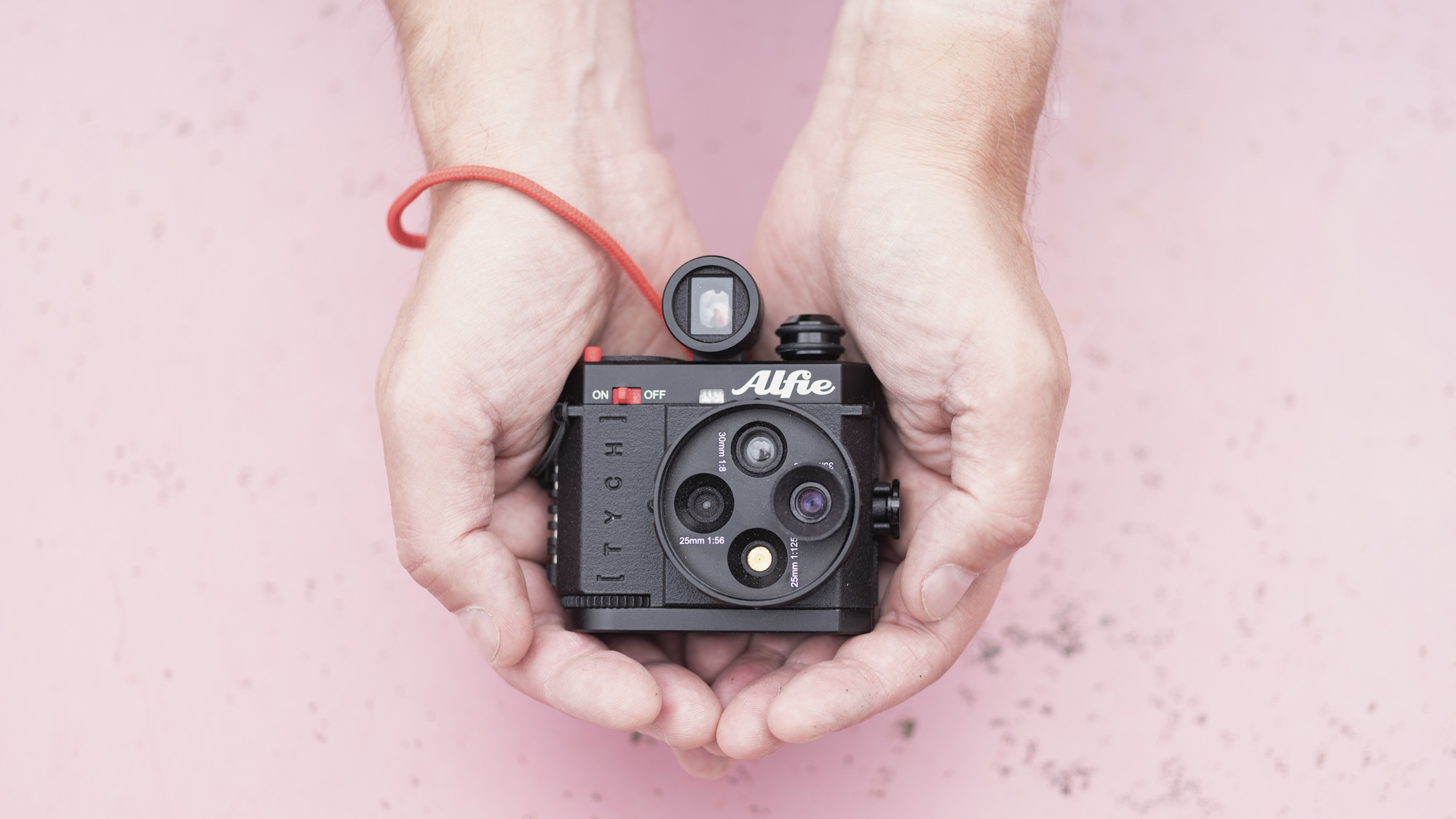
Buy it if…
Don’t buy it if…
How I tested the Alfie Cameras Tych+
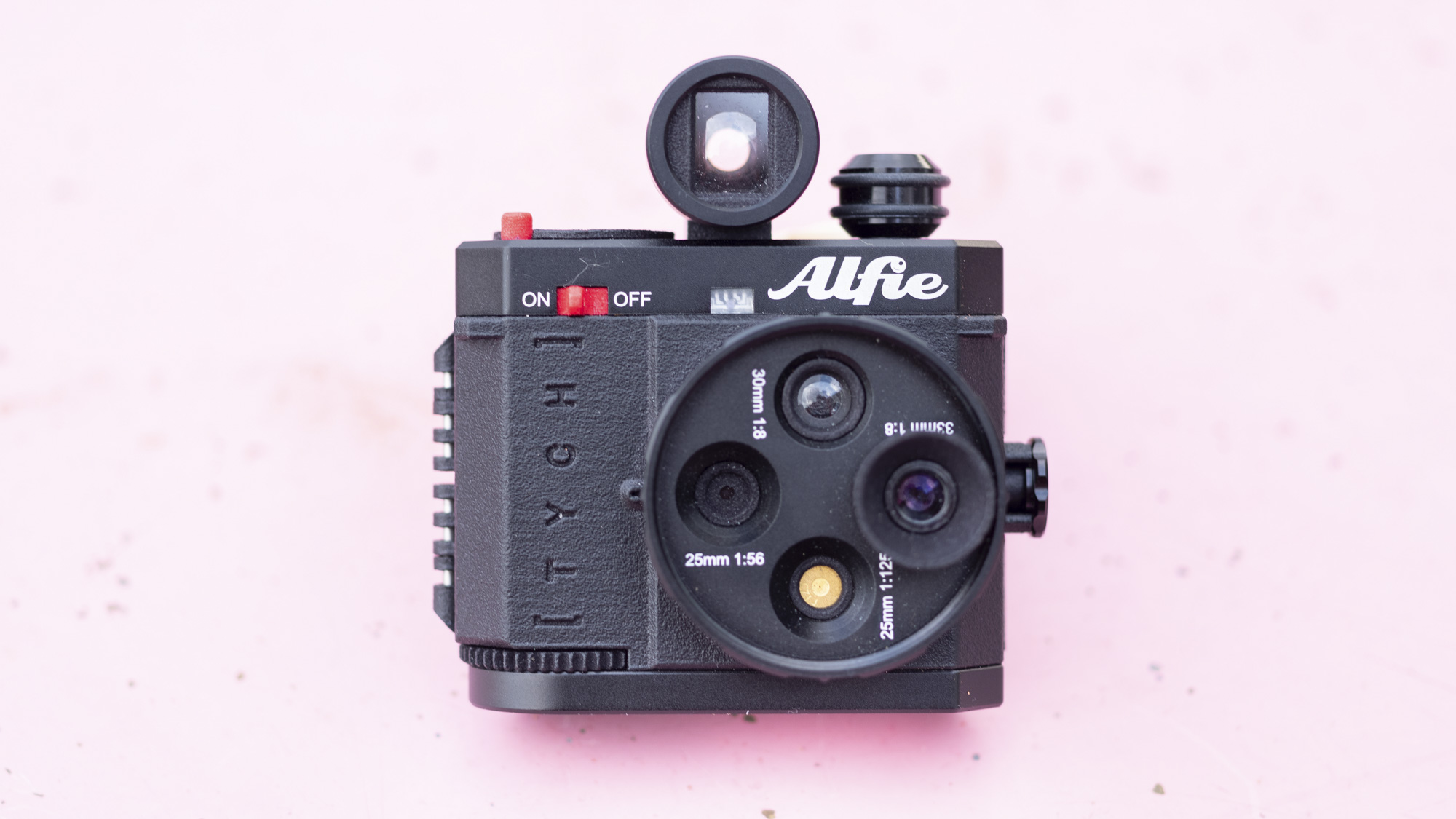
- I used one roll of 35mm film (approx 70 to 80 images)
- I tried all four lenses in a bunch of different lighting situations and locations
- I experimented with techniques such as multiple exposure
Packing the ultra-compact Alfie TYCH on my travels was easy, since it’s so small and lightweight. I loaded one roll of Ilford FP4 35mm film, which would allow me to shoot approximately 70 frames (half-frames). Once home, I processed the film in the kitchen sink using Fotospeed FD10 developer, standard stop bath, and fixer. A selection of frames were photographed using a copy stand and lightbox, a Sigma FPL mirrorless camera with a 70mm macro lens. The files were edited in Adobe Camera Raw to invert tonality (make a positive image) and tweak the tones.
First reviewed July 2024


